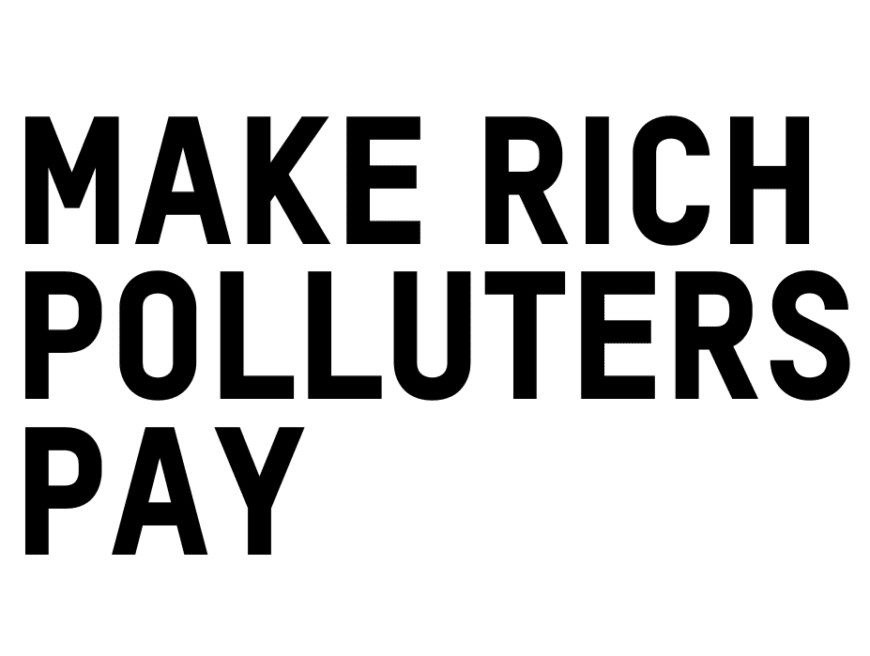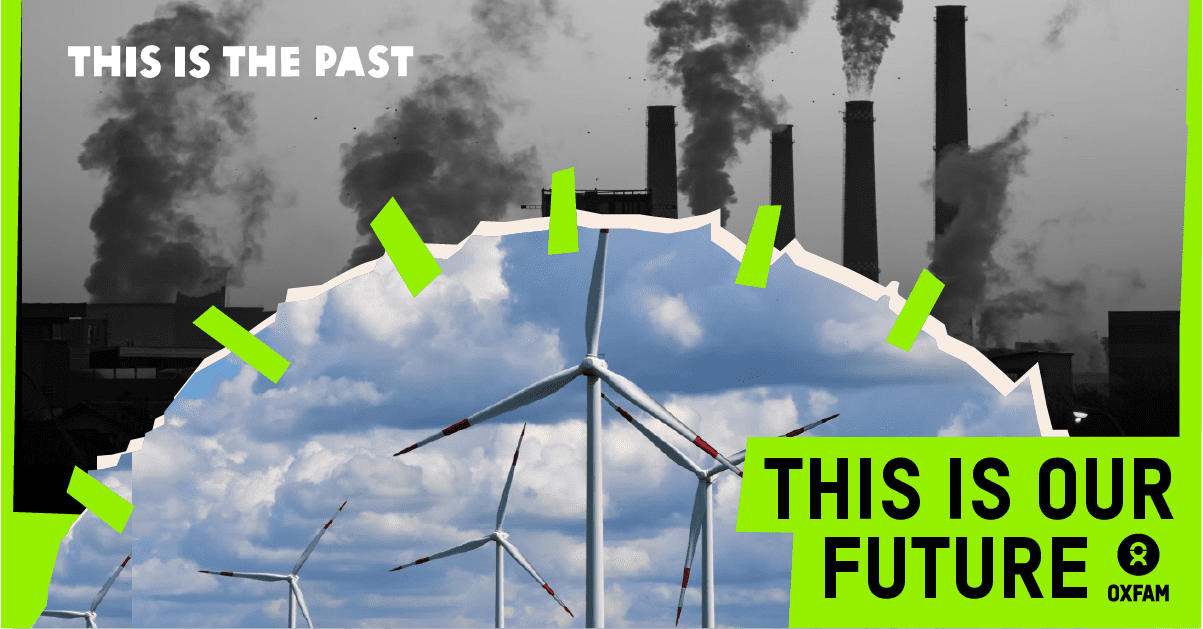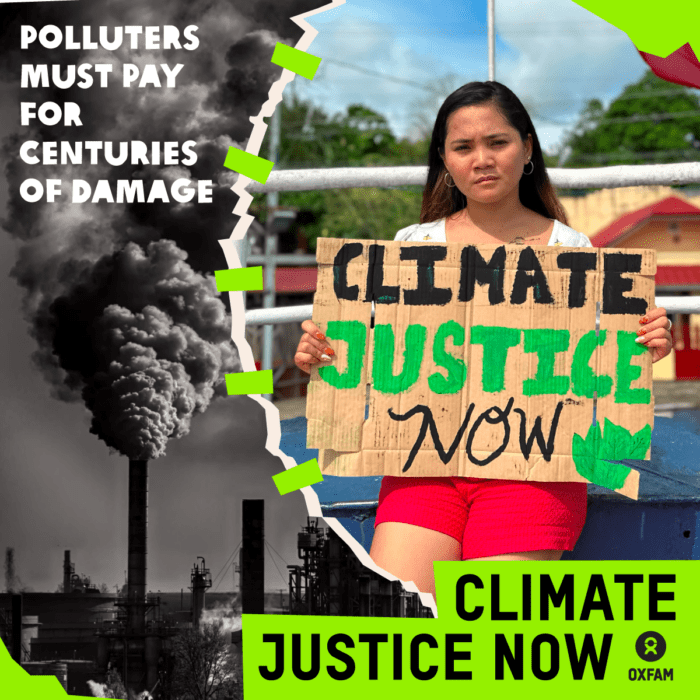In response to the latest climate finance draft text at COP29, Oxfam International’s Climate Justice Lead, Safa’ Al Jayoussi, said:
“COP29 must do more than simply repeat the same threadbare promises. Rich countries have spent decades now stalling and blocking genuine progress on climate finance. This has left the Global South suffering the most catastrophic consequences of a climate crisis they did not create. The draft text scandalously misses the crucial element of declaring a clear public commitment to a new climate finance goal.
“Rich countries, those most responsible for climate chaos, owe $5 trillion in annual climate debt and reparations. This funding must come as grants-based public financing to help communities that need it the most mitigate and adapt to the impacts of climate change and recover from loss and damage. Anything less will simply be a failure.
“This is not charity – it is an established obligation under international law. It is the bare minimum needed to shield frontline communities from devastation, allow them to rebuild after disasters pass, and ensure their just transition to a sustainable future. The next few days are a credibility test for these climate negotiations and for COP itself. The time for stalling is over. If rich countries don’t deliver, they will go down in history as having chosen profit over people and complacency over courage.”
Notes to editors
Rich countries continue to resist calls for climate reparations. Climate activists are demanding the Global North provide at least $5 trillion a year in public finance to the Global South.
Contact information
Rachel Schaevitz in Auckland, NZ I rachel.schaevitz@oxfam.org.nz
Jeshua Hope in Suva, Fiji | jhope@oxfampacific.org | +679 7500889







